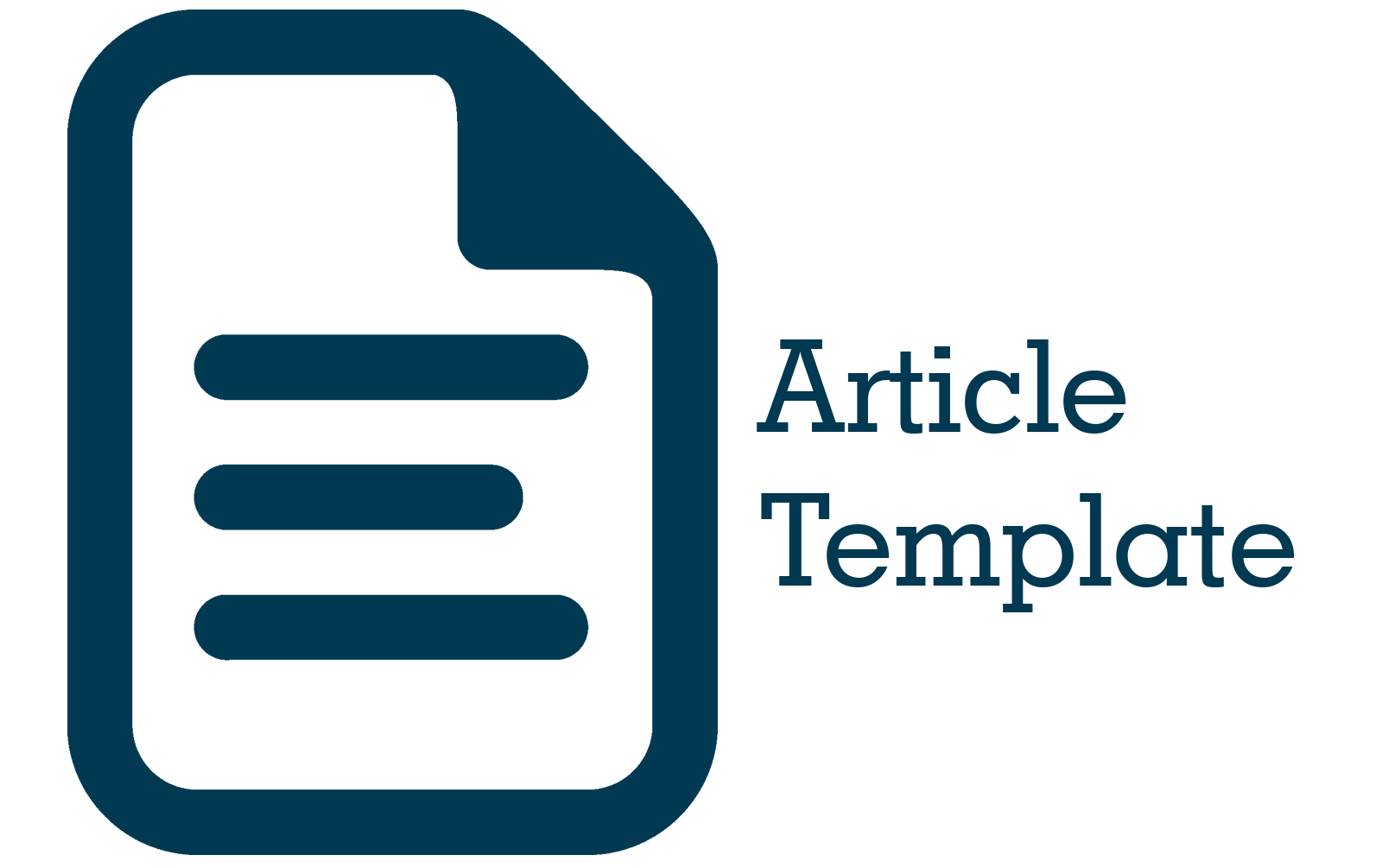Implementasi Support Vector Machine-Genetic Algorithm (SVM-GA) dalam Mengklasifikasikan Kelulusan Tepat Waktu Mahasiswa Statistika Unisba
Abstract
Abstract. Support Vector Machine (SVM) is a classification method that finds the optimal hyperplane for separating two data classes. However, SVM has weaknesses in determining hyperparameter values, necessitating parameter optimization. The Genetic Algorithm (GA) is an optimization method proven effective in handling complex optimization problems and irregular, complicated solutions. The classification system for the timely graduation of Unisba Statistics students is important for improving the quality and accreditation of study programs. Therefore, this study aims to obtain the best SVM model for classifying the timely graduation of Unisba Statistics students with the help of a Genetic Algorithm (GA). The data used in this study includes the graduation records of Unisba Statistics students from January 24, 2019, to August 29, 2023. By doing SVM-GA modeling using 9 combinations of GA, 10-Cross Validation, and RBF kernels, the best performance model was obtained from the genetic algorithm parameter of a population of 200, the value of 0,8, value of 0,05, an SVM parameter of 2242,1776, and 0,0002. Model performance evaluation showed that the resulting model achieved an average accuracy of 78.2664%, an average recall of 78,3287%, an average precision of 86.2500%, and an average f1-score of 81.92%.
Abstrak. Support Vector Machine (SVM) merupakan metode klasifikasi yang menemukan hyperplane optimal dalam memisahkan dua kelas data. SVM memiliki kelemahan dalam menentukan nilai hyperparameter, sehingga perlu dilakukan optimasi parameter. Genetic Algorithm (GA) merupakan metode optimasi yang terbukti efektif dalam menangani masalah optimasi yang kompleks dan solusi yang tidak teratur serta rumit. Sistem klasifikasi dalam kasus kelulusan tepat waktu mahasiswa Statistika Unisba menjadi hal penting untuk meningkatkan kualitas dan akreditasi program studi. Maka dari itu, penelitian ini bertujuan untuk memperoleh model SVM terbaik dalam mengklasifikasikan kelulusan tepat waktu mahasiswa Statistika Unisba dengan bantuan Genetic Algorithm (GA). Data yang digunakan pada penelitian ini merupakan data kelulusan mahasiswa Statistika Unisba pada periode kelulusan sejak tanggal 24 Januari 2019 sampai 29 Agustus 2023. Dengan melakukan pemodelan SVM-GA menggunakan 9 kombinasi parameter GA, 10-Cross Validation, dan kernel RBF, diperoleh model dengan kinerja terbaik dari parameter algoritma genetika berupa populasi sebanyak 200, nilai sebesar 0,8, nilai sebesar 0,05, dengan parameter SVM berupa parameter sebesar 2242,1776 dan sebesar 0,0002. Evaluasi kinerja model menunjukkan bahwa model yang dihasilkan memperoleh rata-rata akurasi sebesar 78,2664%, Rata-rata recall sebesar 78,3287%, rata-rata precision sebesar 86,2500%, dan rata-rata f1-score sebesar 81,9225%.
References
Abe, S. (2010). Support Vector Machines for Pattern Classification (2nd ed.). Springer-Verlag. https://doi.org/10.1007/978-1-84996-098-4_4
BAN-PT. (2021). Pedoman Penilaian Pemantauan dan Evaluasi Peringkat Akreditasi.
Fatmawati, & Rifai, N. A. K. (2023). Klasifikasi Penyakit Diabetes Retinopati Menggunakan Support Vector Machine dengan Algoritma Grid Search Cross-validation. Jurnal Riset Statistika, 79–86. https://doi.org/10.29313/jrs.v3i1.1945
Gallagher S, Kerry, & Malcolm. (1994). Genetic algorithms: A powerful tool for large-scale nonlinear optimization problems. Computers & Geosciences, 20(7), 1229–1236.
Gen, M., & Cheng, R. (1997). Genetic Algorithms and Engineering Design. John Wiley & Sons, Inc.
Grosan, C., & Abraham, A. (2011). Computational intelligence : collaboration, fusion and emergence (Vol. 17). Springer.
Gunn, S. (1998). Support Vector Machines for Classification and Regression.
Han, J., Kamber, M., & Pei, J. (2012). Data Mining Concepts and Techniques (3nd ed.). Morgan Kuafmann Publishers.
Handayani, V. A., Sulistyono, E., Sunarsono, H., Arafi, A., & Harahap, D. S. (2024). ARIMA (p, d, q) Modeling for Predicting Exports of Fresh and Chilled Fish Based on Market Conditions and Main Destination Countries : The Case of Indonesia 2012-2022. Statistika, 24(1), 83–92. https://doi.org/10.29313/statistika.v24i1.3376
Hsu, C.-W., Chang, C.-C., & Lin, C.-J. (2003). A Practical Guide to Support Vector Classification. http://www.csie.ntu.edu.tw/~cjlin
Ismail, Z., & Irhamah. (2008). Adaptive permutation-based genetic algorithm for solving VRP with stochastic demands. Journal of Applied Sciences, 8(18), 3228–3234. https://doi.org/10.3923/jas.2008.3228.3234
Kusumaningrum, A. P. (2017). Optimasi Parameter Supprort Vector Machine Menggunakan Genetic Algorithm Untuk Klasifikasi Microarray Data. In Surabaya: DepartemenStatistika FMKSD ITS. Institut Teknologi Sepuluh Nopember.
Maryanto Rompon, Hamim Tsalis Soblia, Putri Monika, Atje Setiawan Abdullah, & Budi Nurani Ruchjana. (2023). Identifikasi Autokorelasi Spasial Warisan Budaya Tak Benda di Indonesia Menggunakan Indeks Moran. Statistika, 23(2), 156–163. https://doi.org/10.29313/statistika.v23i2.2675
Min, J. H., & Lee, Y. C. (2005). Bankruptcy prediction using support vector machine with optimal choice of kernel function parameters. Expert Systems with Applications, 28(4), 603–614. https://doi.org/10.1016/j.eswa.2004.12.008
Nugroho, A. S., Witarto, A. B., & Handoko, D. (2013). Support Vector Machine-Teori dan Aplikasinya dalam Bioinformatika 1. http://asnugroho.net
Rindrasari, R. (2017). Klasifikasi Kelas Risiko Pasien Pneumonia Menggunakan Metode Support Vector Machine-Genetic Algorithm (SVM-GA) Hybrid. Institut Teknologi Sepuluh Nopember.
Wu, C. H., Tzeng, G. H., Goo, Y. J., & Fang, W. C. (2007). A real-valued genetic algorithm to optimize the parameters of support vector machine for predicting bankruptcy. Expert Systems with Applications, 32(2), 397–408. https://doi.org/10.1016/j.eswa.2005.12.008
Yenaeng, S., Saelee, S., & Samai, W. (2014). Automatic Medical Case Study Essay Scoring by Support Vector Machine and Genetic Algorithms. International Journal of Information and Education Technology, 4(2), 132–137. https://doi.org/10.7763/ijiet.2014.v4.384
Yuniar, P., & Kismiantini. (2023). Analisis Sentimen Ulasan pada Gojek Menggunakan Metode Naive Bayes. Statistika, 23(2), 164–175. https://doi.org/10.29313/statistika.v23i2.2353











